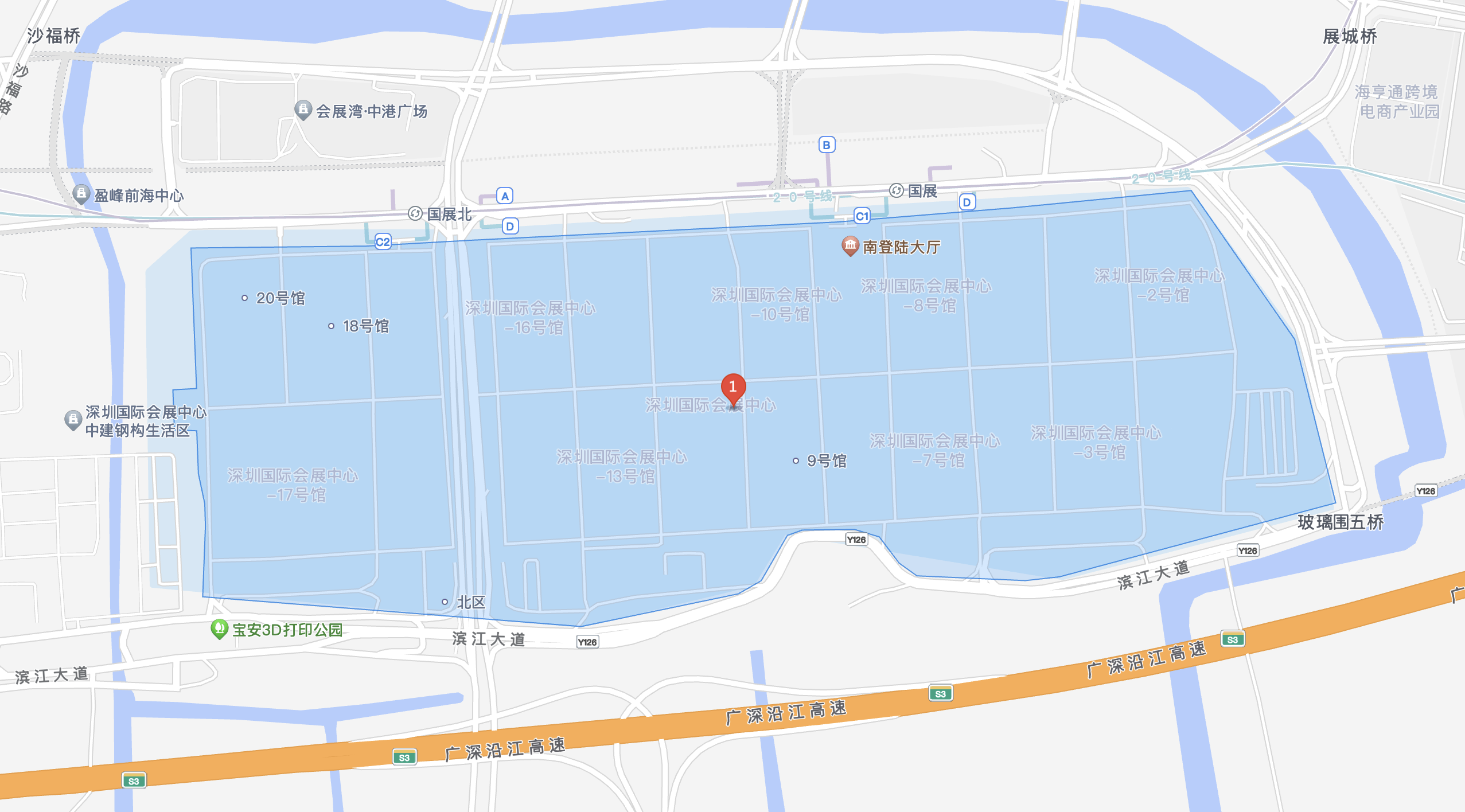Previously, PulpaTronics launched a completely chipless and metal-free paper RFID smart tag, which uses laser technology to induce conductive circuits directly from the substrate to convert the carbon component in the paper into a conductive carbon-based material that is closer to graphite or graphene. In this way, PulpaTronics simplifies the entire manufacturing process, and the final product is only a piece of paper, which is both environmentally friendly and economical.
Recently, researchers at the University of Glasgow announced the development of a new technology route for chipless passive RFID tags. This tag consists of a cheap antenna coil and a sensing material made of PDMS silicone rubber and carbon fiber. These coils are smaller than those in credit cards and use electromagnetic waves to absorb electromagnetic signals from handheld readers and transmit information by reflecting responses to RF (radio frequency) inquiries with modified frequencies. When the tag receives an RF inquiry, the frequency change of its response will indicate the information measured by the sensor, such as an increase or decrease in temperature. This design enables chipless tags to monitor and track various environmental conditions without relying on built-in chips. The researchers aim to provide a more sustainable alternative to standard ultra-high frequency RFID technology because they are easier to recycle, have no built-in IC, and require less production processing.

Compared with traditional RFID tags, chipless RFID tags excel in environmental friendliness. Since there is no need for built-in chips, these tags generate much less waste during production and recycling, thereby reducing the impact on the environment. In addition, the manufacturing cost of chipless tags is relatively low because they use cheap antenna coils and sensing materials made of PDMS silicone rubber and carbon fiber. These materials are not only easy to obtain, but also have excellent performance, allowing chipless tags to work stably in various harsh environments.
In terms of application fields, chipless RFID tags also show a wide range of applicability. In the field of food safety, these tags can be embedded in food packaging or attached to goods during the production process to monitor the temperature changes of food during production, storage and transportation in real time to ensure food safety. In the field of healthcare, chipless tags can be used in smart clothing to provide strong support for health tracking by detecting physiological indicators such as human body temperature and respiratory rate. In addition, in the field of agriculture, these tags can also be used to detect and transmit changes in soil conditions, such as temperature, pH value and humidity, to provide important data support for precision agriculture.
It is worth mentioning that chipless RFID tags have also made significant progress in testing and application. The researchers used a network analyzer as a reader and successfully realized remote interrogation and data reading of the tag. This test method not only has the advantages of low cost and easy operation, but also can monitor the response frequency changes of the tag in real time, thereby accurately reflecting the changes in environmental conditions. In practical applications, chipless tags have been able to play an important role in areas such as shelf management, wearable devices and agricultural sensors.
However, chipless RFID tags still face some challenges in their development. For example, the working range of these tags is relatively short (about 1 cm) at present, and only a limited number of tags can be interrogated during a reading process. In addition, without the unique identification of the tag, it is impossible to clearly know which tag responded to the temperature change. These problems limit the application effect of chipless tags in certain scenarios.
Despite this, chipless RFID tags are still attracting much attention for their unique advantages and broad application prospects. With the continuous advancement and innovation of technology, I believe these challenges will gradually be overcome. In the future, chipless tags are expected to play an important role in more fields and bring more convenience and surprises to people's lives.
This paper is from Ulink Media, Shenzhen, China, the organizer of IOTE EXPO (IoT Expo in China)



















